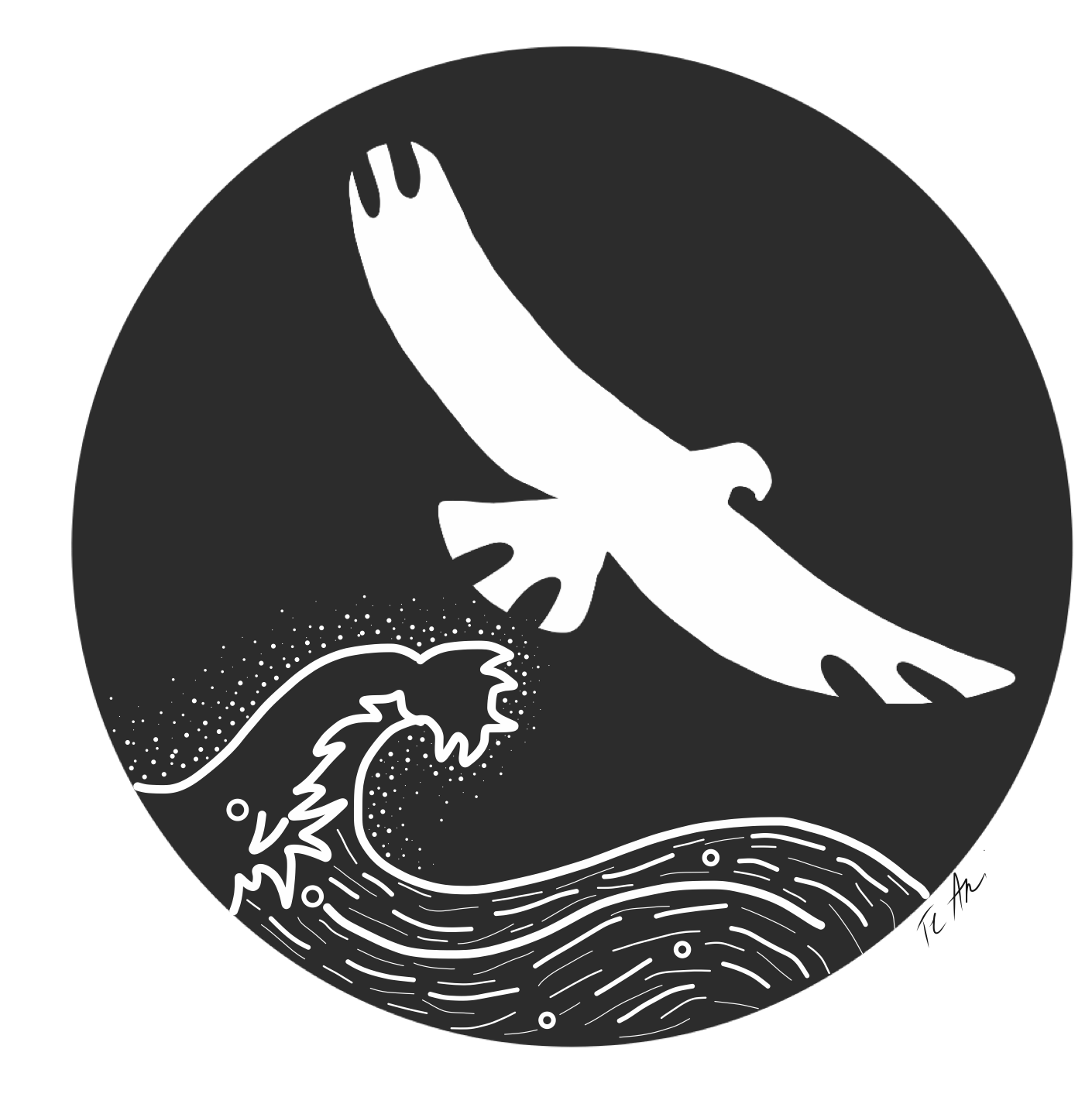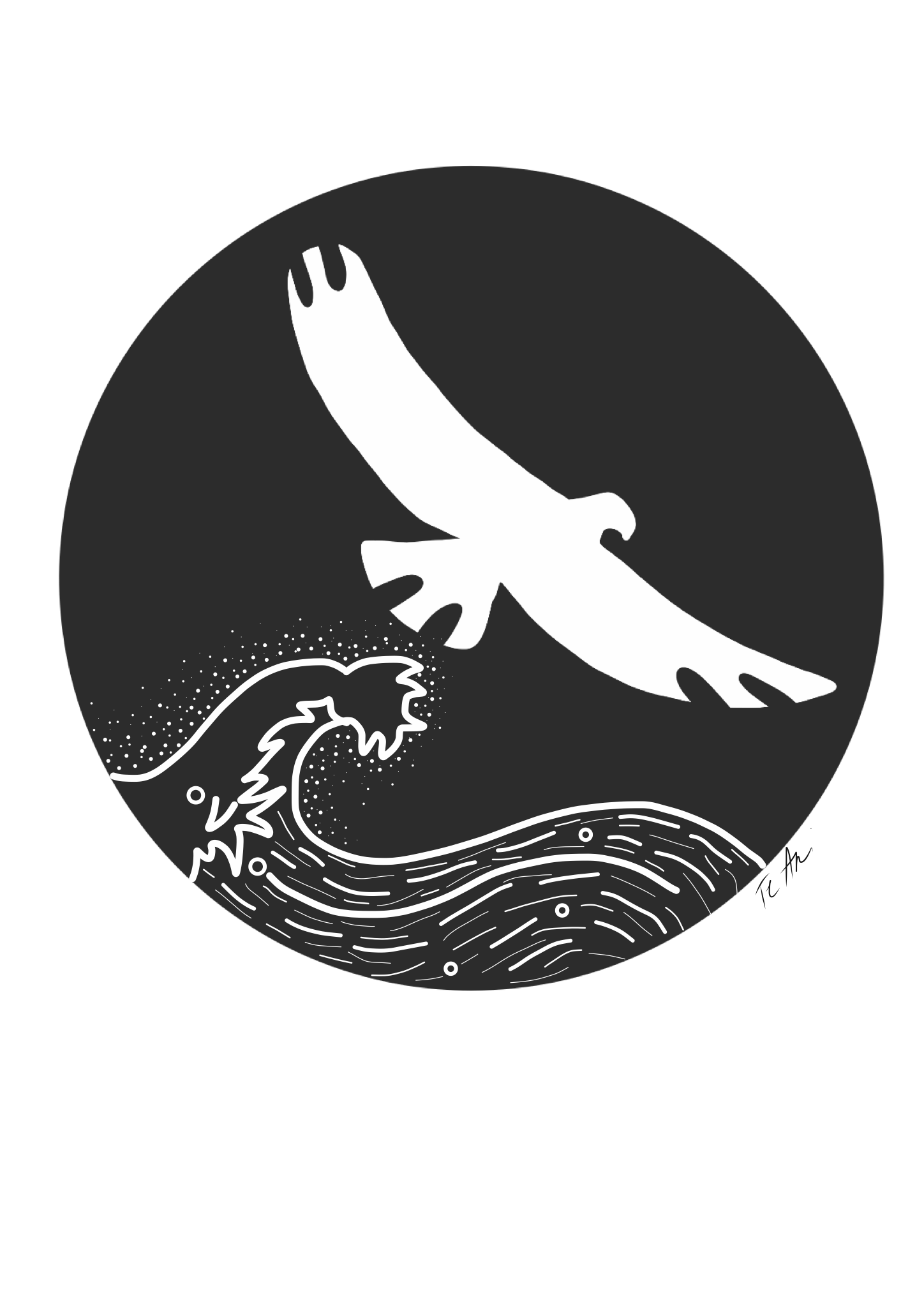FLORA & FAUNA
THE PROJECT
Greta Harman from the Whananaki Landcare Group is one of the lead champions for this initiative.
The Flora and Fauna project involves key actions for restoration and protection of our native wildlife, native bush, carrying out predator control and ongoing protection and improvement of waterways. In addition, promoting community engagement through a range of activities and workshops is aimed to build skills, information and knowledge. The Whananaki Landcare area covers approximately 6,400h and incorporates 17km of coastline, significant estuaries and two large natural bush areas.
OUR OBJECTIVES
WHAT HAS HAPPENED?
Pareparea Restoration – Upgraded water system materials and equipment purchased.
Ongoing restoration of foreshore by planting pīngao and cleaning waterways. – Whananaki Landcare signed Community Pest Control Area CPCA funding grant with NRC. NRC input Value $107,260.00 Landowner community input $215,000.00. https://www.nrc.govt.nz/Environment/Weed-and-pest-control/Community- Pest-Control-Areas/
Predator Control – GPS and consumables for predator trapping program purchased by Whananaki Landcare. Supplied 90 possum traps to fur trappers. All traps have been GPS plotted and entered into Trap NZ website where catches are recorded monthly. At May 21018 there were 528 recorded traps and 287 kills for the year. https://www.nrc.govt.nz/resource-library-summary/plans-and- policies/pest-management/northland-regional-pest-and-marine-pathway-management-plan/
Established a Predator Free Island Project with Northland Regional Council (NRC) monitoring has been completed and a planned rat bait program is being prepared. https://www.nrc.govt.nz/environment/weed-and-pest-control/pest-control-hub/
Sprayed gorse and wilding pine on the cutting (Whananaki North Rd, and further down Whananaki North Road to the Marae sprayed weeds including tobacco weed, pampas privit and gorse.
Community Volunteers and local Rural Fire members in conjunction with Sea- Cleaners Whangarei did a massive clean-up of the ‘Whananaki cutting’ down to the Marae.
– Post Summer road side clean from Hailes road to end of Rockell Road by Whananaki Beach association.
Five new shore bird information and dog coastal exercise maps have been put up along the coast
A maramataka wānangā took place at the Marae led by Rereata Makiha
Community Education and Capacity building – In conjunction with Experiencing Marine Reserves and the Whitebait Connection program a series of Whitebait workshops on artificial spawning habitat and stream held through May 2018. https://www.whitebaitconnection.co.nz https://emr.org.nz/index.php/emr-areas/emr-northland
Dog kiwi aversion training held in conjunction with the DOC ranger, with a total of 20 dogs attending with their owners.
Riparian Fencing – Fencing of Taupari Stream is gaining momentum. Northland Regional Council funding will be applied for as land owners come on board.
– Annual Whananaki School Planting day on riparian planting, of plants propagated by the school children.
– Local Pest Control Workshop 20th May 2018
It was standing room only at the 2018 Northland Pest Control Workshop held by Kiwi Coast and Northland Regional Council at Opuawhanga. 120 people attended last week’s workshop, representing more than 50 different Northland community groups, hapu and organisations. It provided an opportunity for 112 projects linked to Kiwi Coast to share knowledge and experience. In the past five years they collectively trapped 229,372 pests and reversed the decline of some threatened species and forests. The workshop was sponsored by Key Industries and the Department of Conservation Community Fund.”
Local Landcare organisers from around the district were thanked for their great efforts and recognised for the results in the first years of this project. – Northland Farm Environment Supreme Winners open field day on farm, sponsored by Balance farm environment
awards, NRC, Beef and Lamb NZ, Rabo Bank and Predator free NZ.
– Monitoring of endangered Bird life inc Kiwi, Pateke, Bell bird, Fern Bird and Australian Bittern.
– 2nd round of 5 Year Monitoring of three significant remaining wetlands with a farming environment by NRC.
Who participated?
Members of the Community, Whananaki School, Whananaki Landcare, DOC, NRC, Kiwi Coast, local trappers, land owners and the community have all participated. https://www.kiwicoast.org.nz
What has been achieved?
Community on track for meeting outcomes set in the flora and fauna project.
Benefits include: flora and fauna enhanced wildlife populations and habitats; and increased kiwi and native species, improved understanding of kaitiakitanga and ecological values; improved restoration of culturally significant sites including; Pareparea and Whananaki Estuary and improved pest and weed eradication district wide.

